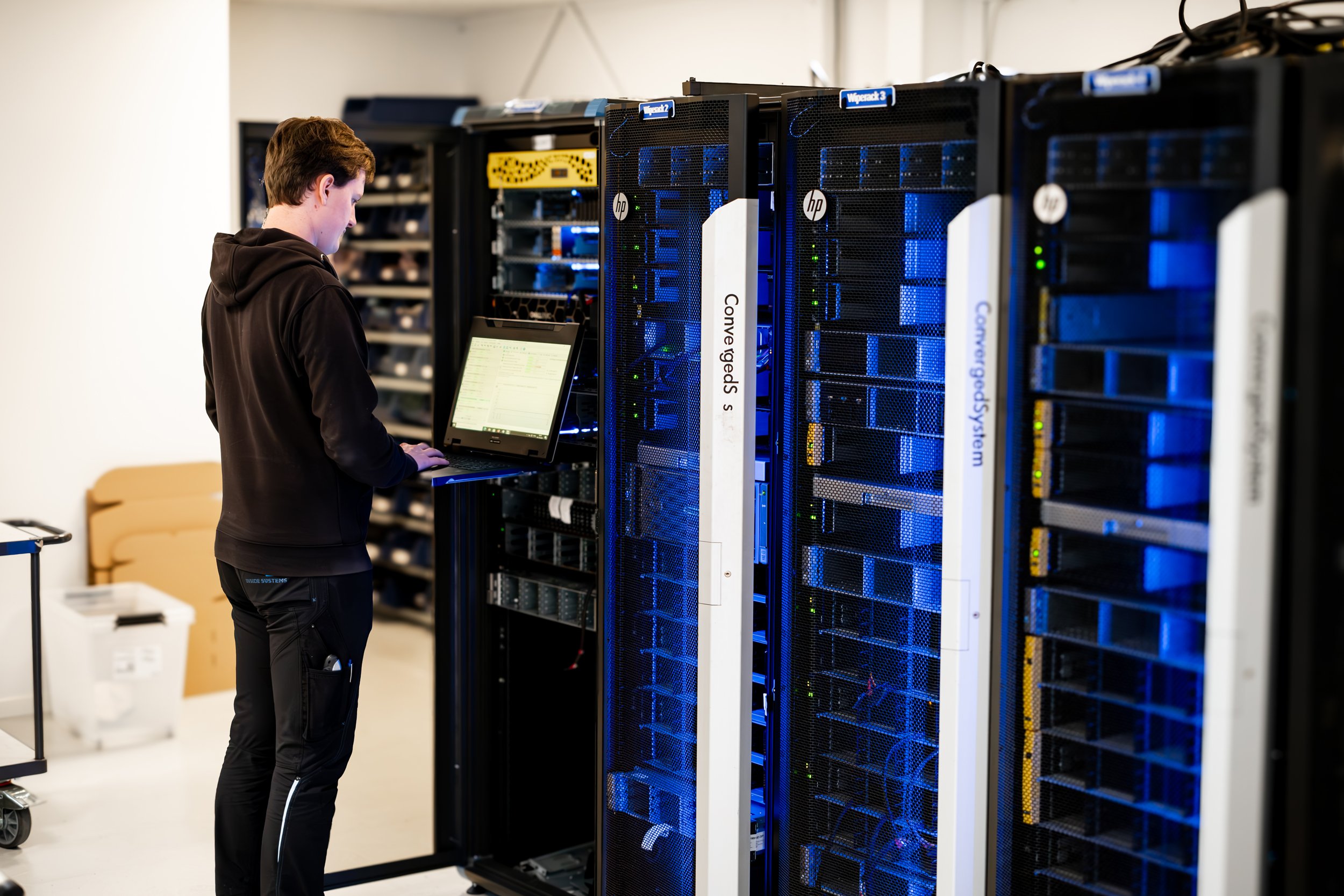Why Maintenance Agreements Beat Forklift Upgrades
When it comes to managing IT infrastructure, businesses are often faced with a choice: should you commit to a forklift upgrade and replace everything, or should you invest in maintenance agreements that extend the life of your existing systems?
At first glance, forklift upgrades can seem like the “safe” option – everything is new, supported, and modern. But in reality, this approach is usually costly, disruptive, and wasteful. With third-party maintenance (TPM) and flexible service agreements, companies can achieve the same stability and performance at a fraction of the cost – and in a far more sustainable way.
Let’s break down why maintenance agreements are smarter than forklift upgrades.
What Is a Forklift Upgrade?
A forklift upgrade is the IT world’s version of ripping and replacing. Instead of upgrading individual components or extending hardware support, companies replace their servers, storage, and networking equipment all at once.
While OEMs (original equipment manufacturers) market this as the “best practice,” forklift upgrades often come with hidden downsides:
-
High capital expenditure (CapEx): Large upfront investments that tie up budgets.
-
Operational disruption: Migrations take time, often causing downtime or performance slowdowns.
-
Wasted value: Perfectly good equipment gets replaced prematurely, creating unnecessary e-waste.
Forklift upgrades are sometimes necessary, but in many cases, they’re more about the vendor’s sales cycle than your actual IT needs.
Why IT Maintenance Agreements Are Smarter
Instead of replacing everything, maintenance agreements let you keep your infrastructure running longer, without sacrificing performance or support. Here are the top reasons they beat forklift upgrades:
1. Extend Server and Storage Lifespan
Enterprise-grade servers and storage are designed to operate for much longer than OEM support cycles (typically 3–5 years). With the right maintenance partner, you can safely run hardware for 7–10 years or more, maximizing your investment and avoiding unnecessary replacements.
👉 Extend server lifespan with third-party maintenance.
2. Reduce IT Maintenance Costs
OEM contracts and forklift upgrades are expensive. By contrast, third-party support agreements can be up to 70% cheaper while still offering comprehensive coverage. That means you can redirect savings into innovation projects, cloud adoption, or cybersecurity improvements.
3. Flexible Coverage Options
With maintenance agreements, you’re not locked into rigid OEM contracts. You can choose SLAs (service-level agreements) tailored to your business needs:
-
Coverage windows: 24×7, 13×5, or 9×5
-
Response times: 4-hour onsite, next business day, or longer-term options
-
Geographic coverage: Local, regional, or global support
This flexibility ensures you pay only for the support you actually need.
4. Lower Risk of Downtime
Forklift upgrades often involve complex projects, migrations, and compatibility checks – all of which carry risk. With maintenance agreements, you can continue using stable hardware while planning upgrades on your own timeline, minimizing disruptions.
5. A More Sustainable IT Strategy
Replacing equipment early not only wastes money – it increases your carbon footprint. Extending the lifecycle of servers and storage with maintenance agreements reduces e-waste and supports your company’s sustainability goals.
OEM vs Third-Party Maintenance
OEMs want you on their upgrade cycle. After 3–5 years, they often declare hardware “end of support,” nudging you toward a forklift upgrade.
By contrast, third-party maintenance providers (TPM):
-
Offer certified spare parts and experienced engineers
-
Provide SLAs equal to or better than OEMs
-
Allow you to keep hardware in service as long as it fits your business needs
This gives you control and independence – you decide when to upgrade, not the manufacturer.
When Should You Still Upgrade?
Forklift upgrades aren’t always bad. There are situations where new hardware is the right choice:
-
Performance needs: When workloads require cutting-edge speed or scalability.
-
Energy efficiency: Newer hardware can reduce power consumption and cooling costs.
-
End of life with no spares: If spare parts are no longer available, it may be time.
The key is making upgrades based on business needs, not vendor pressure. Maintenance agreements buy you time to plan and budget properly.
Frequently Asked Questions
❓ What is a forklift upgrade in IT?
A forklift upgrade is a full replacement of IT infrastructure – servers, storage, and networking – in one large project.
❓ How long can I extend server lifespan with maintenance agreements?
Typically 3–5 years beyond OEM support, depending on system health and spare part availability.
❓ Is third-party maintenance reliable?
Yes. Reputable TPM providers offer high-quality parts, certified engineers, and strict SLAs – often outperforming OEMs.
❓ How do maintenance agreements reduce IT costs?
They can save up to 70% compared to OEM contracts while avoiding the massive expenses of forklift upgrades.
Maintenance Agreements vs Forklift Upgrades: The Bottom Line
The debate of maintenance agreements vs forklift upgrades comes down to cost, control, and sustainability. Maintenance agreements extend hardware lifespan, reduce IT costs, and give you flexibility to upgrade on your own terms. Forklift upgrades, by contrast, often serve vendor sales targets more than your business needs.
At Inside Systems, we help organizations unlock more value from their IT infrastructure with flexible, cost-effective maintenance solutions. Before you commit to a forklift upgrade, let’s explore if a smarter path exists for your business.
